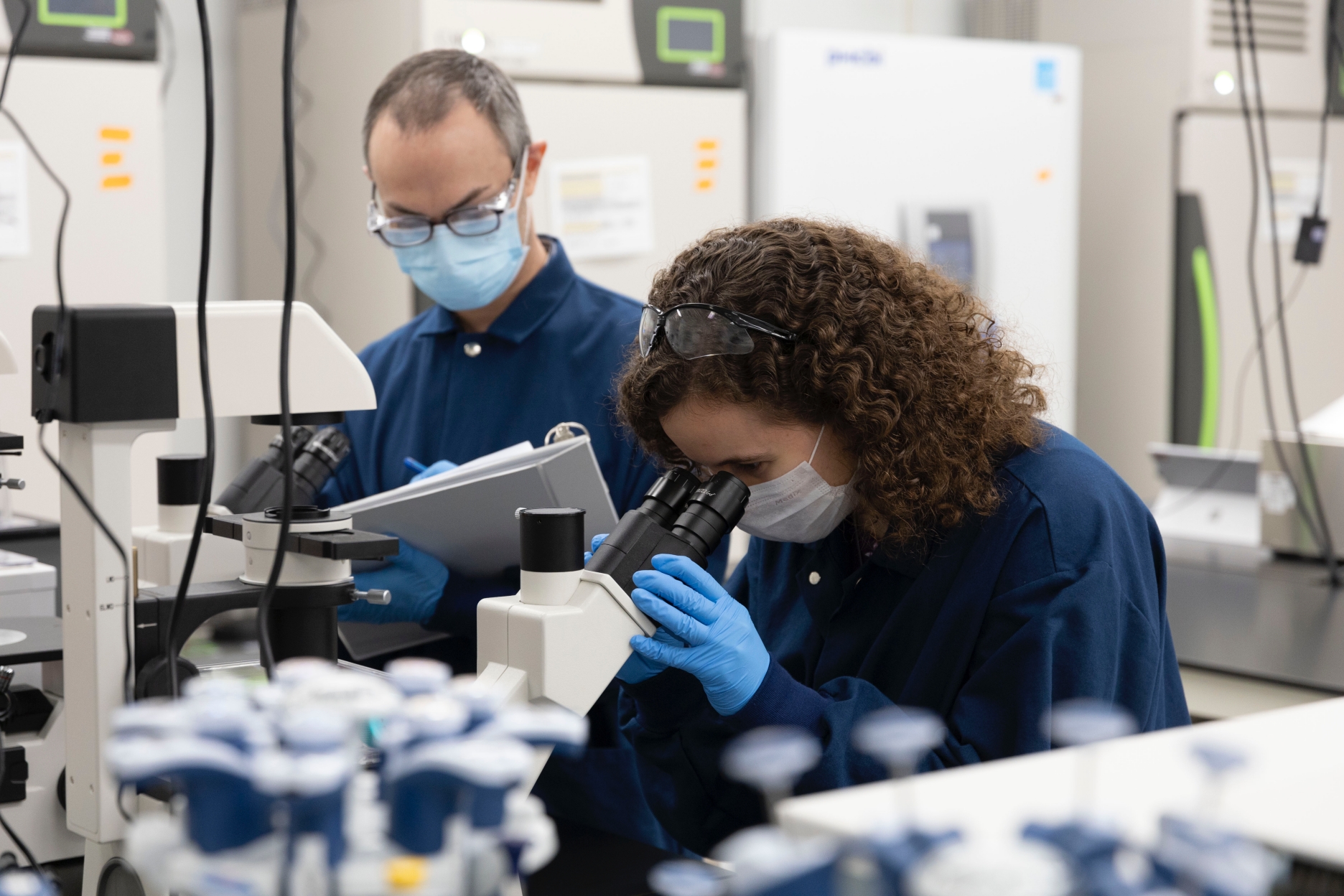De-Risking C> Therapies Early In Process Development

De-risking C> therapies early in process development is critical to ensuring patient safety and maximizing the therapy’s potential benefits. By identifying and addressing potential safety and efficacy concerns early, researchers and developers can increase the chances of success and accelerate the development process.
To learn more a de-risking cell and gene therapies read our latest article: Conserving Drug Product to Treat More Patients: De-risking CGT Therapies Early in Process Development for Late-Stage Success and Savings.
To de-risk CGT therapies early in the process development, several strategies can be employed, including: Using preclinical models to assess safety and efficacy: Preclinical models, such as animal models or in vitro assays, can be used to evaluate the safety and efficacy of CGT therapies before they are tested in humans. These models can help identify potential safety concerns and optimize the therapy’s efficacy.
Implementing rigorous manufacturing and quality control processes: Manufacturing and quality control processes for CGT therapies must be stringent to ensure consistency and quality of the final product. Any variations in the manufacturing process can have a significant impact on the therapy’s safety and efficacy.
Conducting early-stage clinical trials: Early-stage clinical trials, such as Phase I trials, can help identify any safety concerns associated with the therapy and refine the dosing regimen. These trials can also provide early evidence of the therapy’s efficacy.
Collaboration and knowledge sharing: Collaboration among researchers, industry, and regulatory agencies can help identify potential risks and address them early in the development process. Knowledge sharing can also help ensure that best practices are followed across the industry.
De-risking CGT therapies early in process development means identifying and addressing potential safety and efficacy concerns at an early stage of the development process to reduce the likelihood of failure or adverse effects in later stages.
